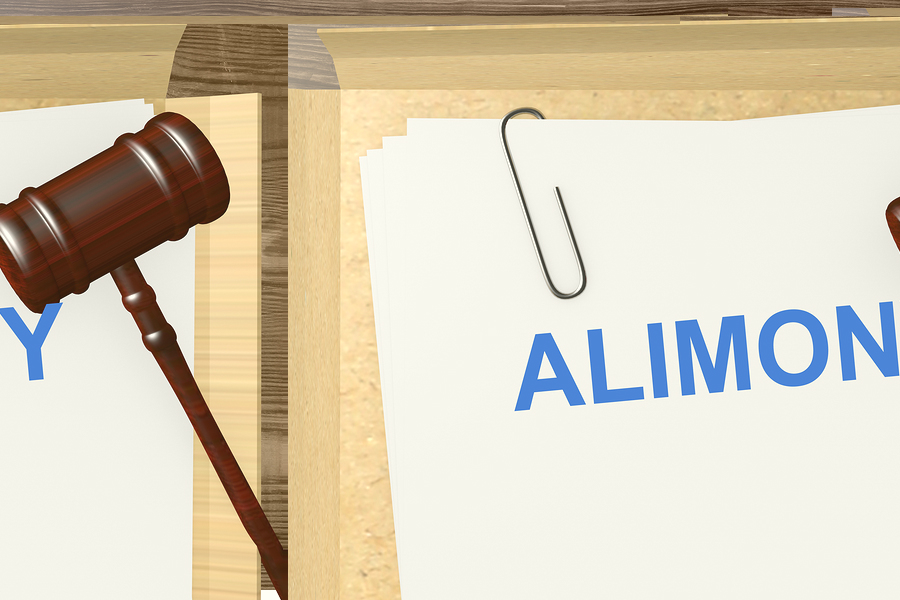 Legal malpractice cases are often quite complex because they involve a case within another case. Such claims often arise when the underlying case was not resolved in the manner that the client wanted, leading him or her to speculate on the possibility of improper action on the part of the attorney whom they hired. In order to avoid some of the negative aspects associated with suing someone’s own lawyer, mediation can be used in place of litigation.
Legal malpractice cases are often quite complex because they involve a case within another case. Such claims often arise when the underlying case was not resolved in the manner that the client wanted, leading him or her to speculate on the possibility of improper action on the part of the attorney whom they hired. In order to avoid some of the negative aspects associated with suing someone’s own lawyer, mediation can be used in place of litigation.
One of the complexities of a legal malpractice case is that the plaintiff has the burden of showing that he or she would have been successful with the underlying case had the lawyer not made the alleged mistake. Since much of the law depends on a subjective analysis of the evidence, this can be a difficult burden to demonstrate.
Another complexity involved in legal malpractice cases is that an insurance carrier may be involved. A carrier may be eager to settle the case if it believes that the cost to defend the case may be greater than the cost to resolve the case through mediation. However, this also requires that the legal malpractice carrier send a representative who can provide settlement authority on behalf of the insurance company.
The stakes involved in legal malpractice cases are often high, including having the lawyer’s reputation on the line. Additionally, the case may involve confidential communications. As such, a malpractice case may involve sensitive information. Mediation is a collaborative process that tries to move away from making inflammatory statements about each other that will simply provoke each other and instead focuses on resolving the matter in a peaceful manner through open dialogue. If successful, the process often results in a faster and more affordable resolution than litigation provides.





 When parties are unable to reach their own decisions regarding how to divide their property, many courts often split the property evenly without regard to whether this split makes the most sense for the parties.
When parties are unable to reach their own decisions regarding how to divide their property, many courts often split the property evenly without regard to whether this split makes the most sense for the parties. Bankruptcy is ripe for the use of mediation since creditors are already intimately involved in the process. Through mediation, the parties can all work together to achieve a settlement that they will present before the court. There are steps that the parties involved can take to make the best settlement possible, including:
Bankruptcy is ripe for the use of mediation since creditors are already intimately involved in the process. Through mediation, the parties can all work together to achieve a settlement that they will present before the court. There are steps that the parties involved can take to make the best settlement possible, including:
 When a person has a legal dispute with a profession who he or she hired and the dispute is regarding the professional’s job performance, a professional liability case may arise. This may occur when a lawyer loses a case for a client, an accountant makes an error on a financial form or an architect’s plans for a building do not encapsulate necessary safety features, as a few examples. When problems of this nature arise, the professional’s reputation and livelihood are at stake.
When a person has a legal dispute with a profession who he or she hired and the dispute is regarding the professional’s job performance, a professional liability case may arise. This may occur when a lawyer loses a case for a client, an accountant makes an error on a financial form or an architect’s plans for a building do not encapsulate necessary safety features, as a few examples. When problems of this nature arise, the professional’s reputation and livelihood are at stake. Going through a divorce is most difficult for the children. Conscientious parents who want what is best for them may take strides toward achieving a positive co-parenting relationship for the sake of their children. Some ways that parents can make the most of this difficult transition include the following:
Going through a divorce is most difficult for the children. Conscientious parents who want what is best for them may take strides toward achieving a positive co-parenting relationship for the sake of their children. Some ways that parents can make the most of this difficult transition include the following: